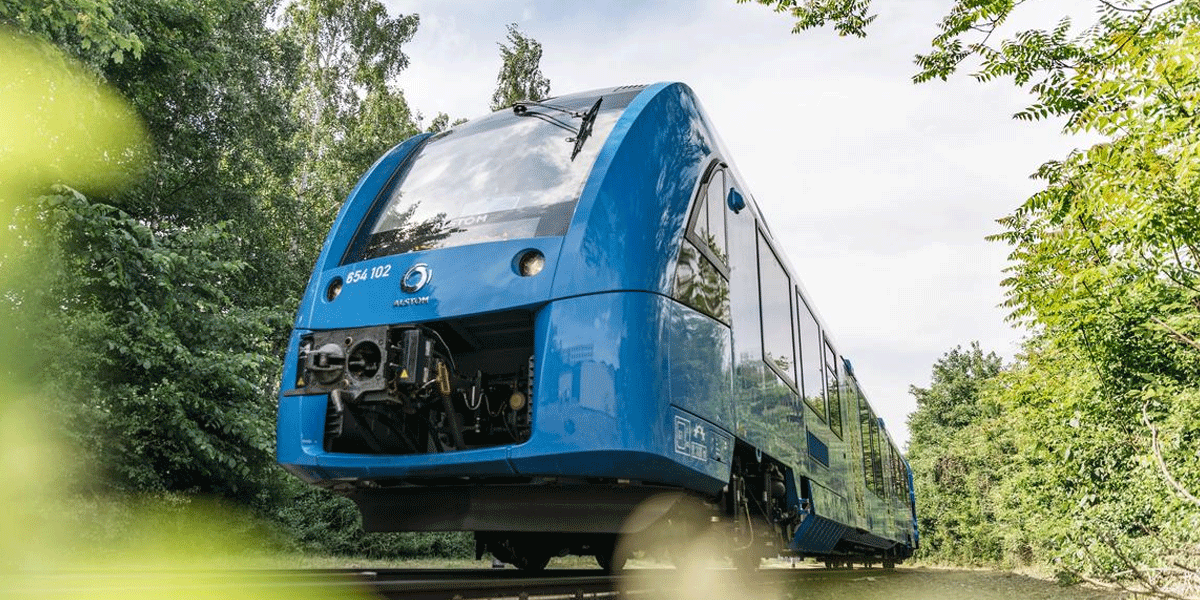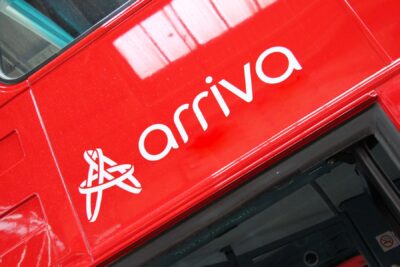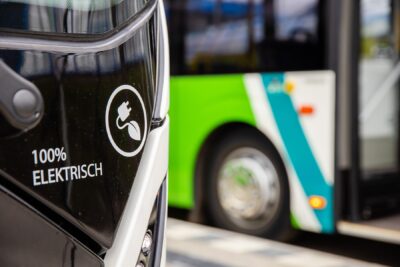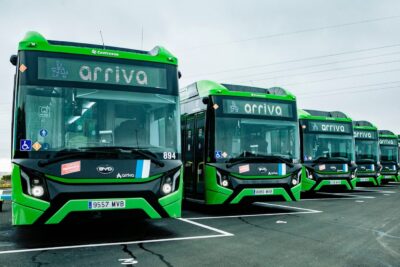NL: Alstom fuel cell train fully viable to replace diesel lines
Alstom’s hydrogen train, the Coradia iLint, has passed as entirely operational in the Netherlands.
The Province of Groningen has published the results of test runs carried out in March 2020 on a 65-kilometre track between Groningen and Leeuwarden. The report finds the fuel cell train a “fully viable alternative” to diesel models.
In detail, the researchers, led by the independent institute Dekra, considered four main points: The authorisation by the Dutch NSA (National Safety Assessor) to run on the Dutch railway network, fully zero-emission and perfectly fitting the commercial service of the current timetable, quick and easy refuelling, and familiarisation of the general public to hydrogen mobility. The points all check out.
Also part of the test was the commercial service performance. Operator Arriva said both the stop timetable (all stations) and the express timetable had been tested successfully. Hydrogen consumption, infrastructure compatibility, acceleration, braking, docking, maximal speed, the performance of the auxiliaries, all operations went without problems as well.
This does not come as a surprise. In Germany, the Coradia iLint is already on track in Lower Saxony as a regular service. “After Germany, the Netherlands is the second country in Europe where the Alstom’s hydrogen train has proven itself a unique emissions-free solution for non-electrified lines,” Bernard Belvaux, Managing Director, Alstom Benelux confirmed.
Still, the province of Groningen and operator Arriva, as well as the Dutch railway infrastructure manager ProRail and the energy company Engie that were all part of the testing, have yet to say, whether and when the fuel cell train will replace diesel in the region.
Again in Germany, another operator recently got onboard hydrogen rail transport. Akasol said in January, and they would supply battery systems for more than a total of 40 hydrogen trains for Alstom to fulfil orders by Lower Saxony as mentioned and the Rhine-Main transport association.
The batteries, in this case, supply on-board systems such as lighting and air-conditioning, but their main task is in the propulsion system where they support recuperation. Each Coradia iLint is equipped with two battery systems with a total capacity of 220 kWh.
Meanwhile, in the UK, a government-funded project by Porterbrook and the University of Birmingham has begun testing the HydroFLEX hydrogen train.
alstom.com, alstom.com (report as pdf), railway-news.com, birmingham.ac.uk (both UK)





0 Comments